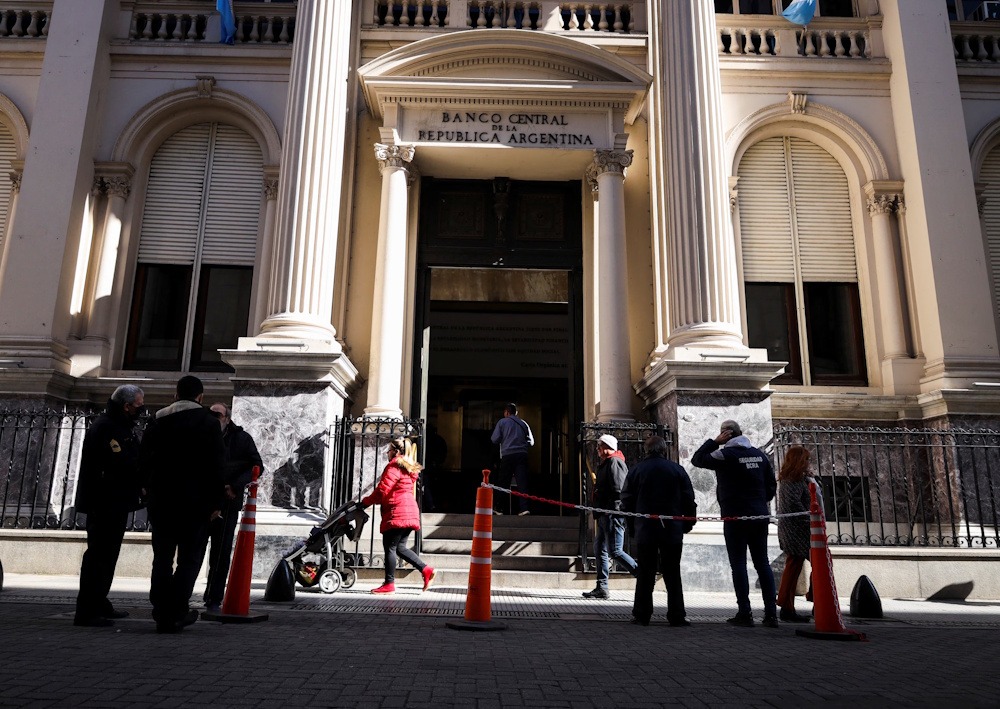The World Bank has revised its 2025 growth forecast for Argentina downward by nearly a percentage point to 4.6 percent, a figure that still exceeds projections from domestic analysts. In a report released on October 7 in Washington, the global institution indicated that the domestic economy is poised to be one of the top performers within the broader Latin American region, notwithstanding the downgrade. The World Bank noted that Argentina is experiencing a notable economic recovery following two years of consecutive contraction, despite the persistence of significant challenges. The organization indicated that the anticipated rise is propelled by a rebound in agriculture and initial indications of enhancements in consumption and investment. “There are early signs of improvement in private sector consumption and investment, supported by the initial implementation of the government’s stabilisation plan, which has coincided with lower inflation and a fiscal surplus,” the report stated, referencing President Javier Milei’s administration.
The World Bank underscored Argentina’s stringent fiscal discipline under Milei, a characteristic that distinguishes it from its regional counterparts. “A different case,” the report noted, is Argentina, “which has recently made significant strides towards fiscal consolidation, achieving fiscal surpluses.” The institution forecasts that Argentina will experience the highest growth rate in the region, excluding Guyana, with an anticipated increase of 11.8 percent. The REM, a monthly publication by Argentina’s Central Bank that incorporates insights from local professionals and economists, has recently revised the country’s growth forecast for 2025 down to 3.9 percent. Overall, Latin America and the Caribbean are projected to experience a growth rate of 2.3 percent this year, reflecting a modest increase from the 2.2 percent anticipated for 2024. However, this still positions the region as the lowest performer globally among all regions. This year, the report indicates that the regional growth rate is anticipated to experience a modest increase, while cautioning that several individual economies are confronting downward adjustments in their forecasts.
The World Bank projects a growth rate of 2.5 percent for the year 2026. For this year, Argentina is notable, with its 4.6 percent projection representing a considerable enhancement compared to the 1.3 percent contraction observed in 2024. Among the two largest economies in the region, Brazil is experiencing a decline in momentum, with a growth rate of 2.4 percent compared to 3.4 percent in 2024. In contrast, Mexico is showing minimal growth, projected at 0.5 percent for this year. “This partly reflects an external environment offering limited support, characterised by a slowing global economy, falling commodity prices, and rising uncertainty,” the World Bank stated. Susana Cordeiro Guerra, recently appointed Vice-President of the World Bank for the region, observed that while governments in the region “have steered their economies through repeated crises while maintaining stability,” there is now a pressing need to “accelerate reforms.”
“The external environment remains complex, with a decline in global demand and commodity prices projected to fall by around 10 percent in 2025 and a further five percent in 2026 – negatively impacting key sectors,” the report added. The World Bank promotes the stimulation of “transformational” businesses—entities that aspire to exceed the limitations of family-run microenterprises, which in certain nations represent as much as 70 percent of the national economy. The World Bank has revised Argentina’s growth forecast down to 4.6%.

